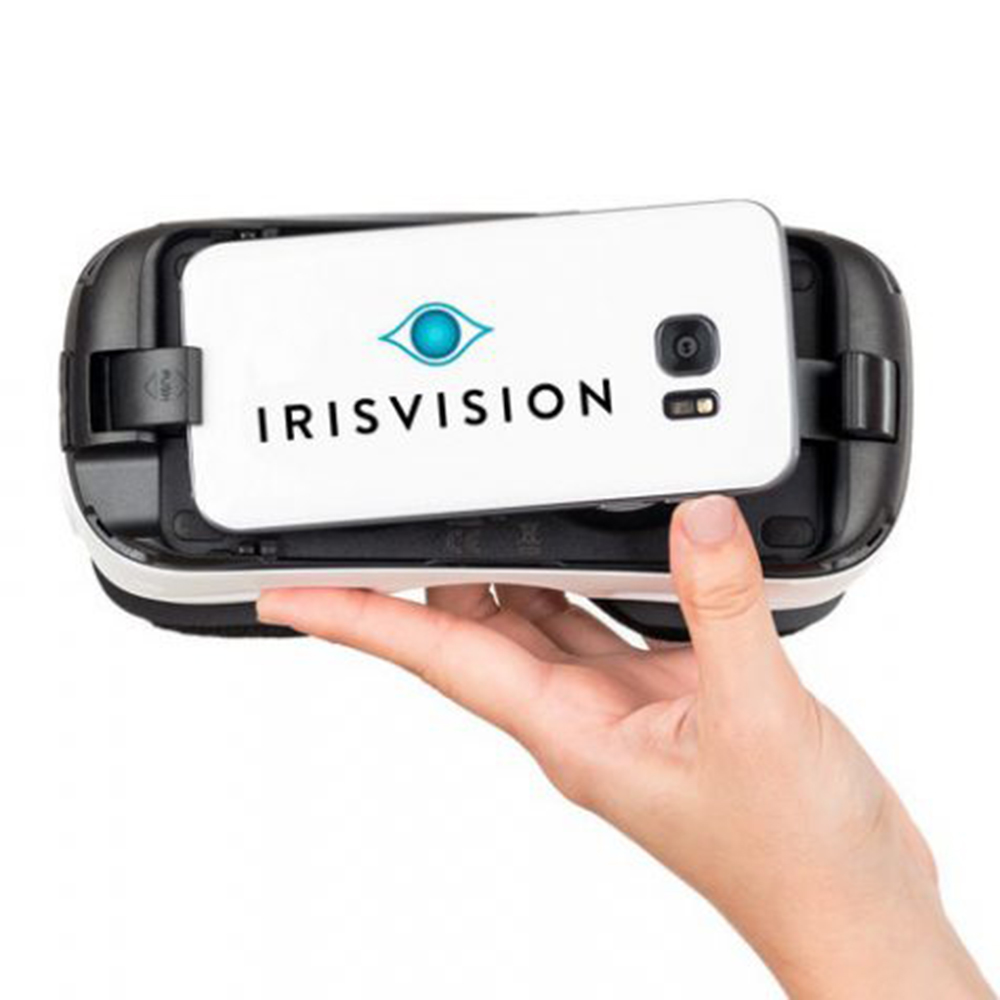New wearable medical device uses virtual reality technology to assist people with vision impairment. Powered by a Samsung smartphone and Gear VR headset, IrisVision can assist users with tasks for near, intermediate or distance, from reading and writing to maintaining personal care. It is one of the world’s first devices to offer the ability to view at different distances, providing a field of view up to 70 degrees while focusing automatically.
Developed in collaboration with the Johns Hopkins optical clinic in the US, IrisVision utilises customised software on a Samsung smartphone and Samsung Gear VR. When using the device, the patient can control their magnification level, and use multiple viewing modes such as full screen with bubble, bioptic/split screen, line reading and many more depending on tasks to do or view.
IrisVision is suitable for those living with low vision due to a range of conditions such as macular degeneration, glaucoma, diabetic-related implications and other stroke and neurological conditions. The device is available from Vision Australia with the recommendation that a potential user have an assessment with Vision Australia’s clinical staff to assess if it is right for them.
According to Iris Vision CEO, Ammad Khan IrisVision provides people who have low vision with an accessible way back into the visual world. “One of the most remarkable things about IrisVision is that at the heart of the system is a smartphone just like the ones people carry every day, making this an easy-to-use solution for the vision impaired.”
Vision Australia CEO Ron Hooton said new technologies like IrisVision can make a substantial difference to the quality of life for some people with vision impairment.” It helps enhance the remaining sight of people with a range of conditions, allowing them to carry out every day activities that others take for granted,” he said.
Samsung Australia vice president of business and enterprise mobility, Steven Sherry said, “At Samsung, we believe in delivering meaningful innovation in everything we do, and this project is a great example of how technology can genuinely impact someone’s life.”

